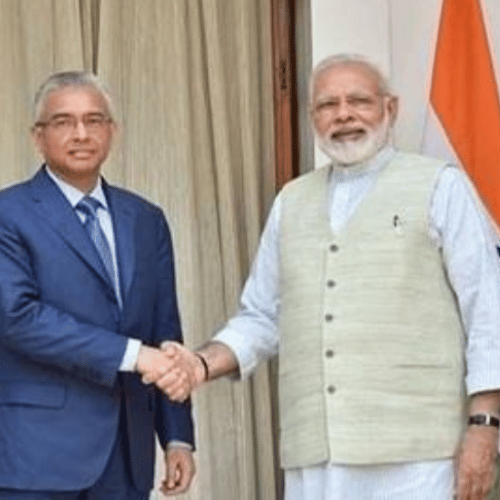In an effort to support the domestic optical fibre industry, which has been struggling with lower-quality imports, the Finance Ministry has implemented definitive anti-dumping duties on specific optical fiber imports from China, South Korea, and Indonesia. These measures, recommended by DGTR, range from $122 to $857.23 per kilometer fiber length and will remain in place for a duration of five years. This decision is poised to benefit India’s digital expansion efforts significantly.

The Finance Ministry has taken a significant step to support the domestic optical fiber industry, which has been adversely affected by the influx of low-priced and low-quality imports from China, South Korea, and Indonesia. This move follows the recommendations of the Directorate General of Trade Remedies (DGTR) and involves the imposition of definitive anti-dumping duties on certain optical fibre imports.
Specifically, the imposed anti-dumping duty targets dispersion unshifted Single-Mode Optical Fiber (SMOF) imports originating from China, South Korea, and Indonesia. The duty’s range varies between $122 and $857.23 per kfkm (kilometer of fibre), with the trade conducted in fkm units. These measures will remain in effect for a duration of five years.
Optical fibers play a crucial role in transmitting data via light pulses. These fibres are combined to create optical fibre cables, which enable the transfer of digital data signals over extensive distances, outperforming traditional electrical communication cables.
The demand for SMOF primarily arises from the expansion of 3G, 4G, and 5G networks by telecom companies, as well as the need for connectivity in rural areas and defense applications. SMOF facilitates the transmission of a specific spatial mode of light, serving as a carrier for signal transmissions within designated frequency bands. It finds applications in various types of optical fibre cables, including unit-tube and multi-tube stranded cables, tight buffer cables, armoured and unarmoured cables, ribbon cables, and dry core cables.
SMOF is predominantly used for high-data-rate, long-distance, and access network transportation. Its applications span across long haul and metro area networks, CATV (Cable Television), optical access networks, and even short-distance networks, as needed.
The initiative to impose anti-dumping duties on SMOF imports from China, South Korea, and Indonesia was prompted by a petition filed by Birla Furukawa Fiber Optics Pvt Ltd. Support for the petition came from Sterlite India Technologies and Corning India Technologies. Collectively, these three producers account for ninety percent of the total SMOF production in India.
This move by the revenue department to levy anti-dumping duties on optical fibres coincides with India’s substantial digitization efforts, including initiatives like BharatNet aimed at rural outreach. Moreover, private operators are enhancing their networks to accommodate the growing demand for 4G and 5G services.














